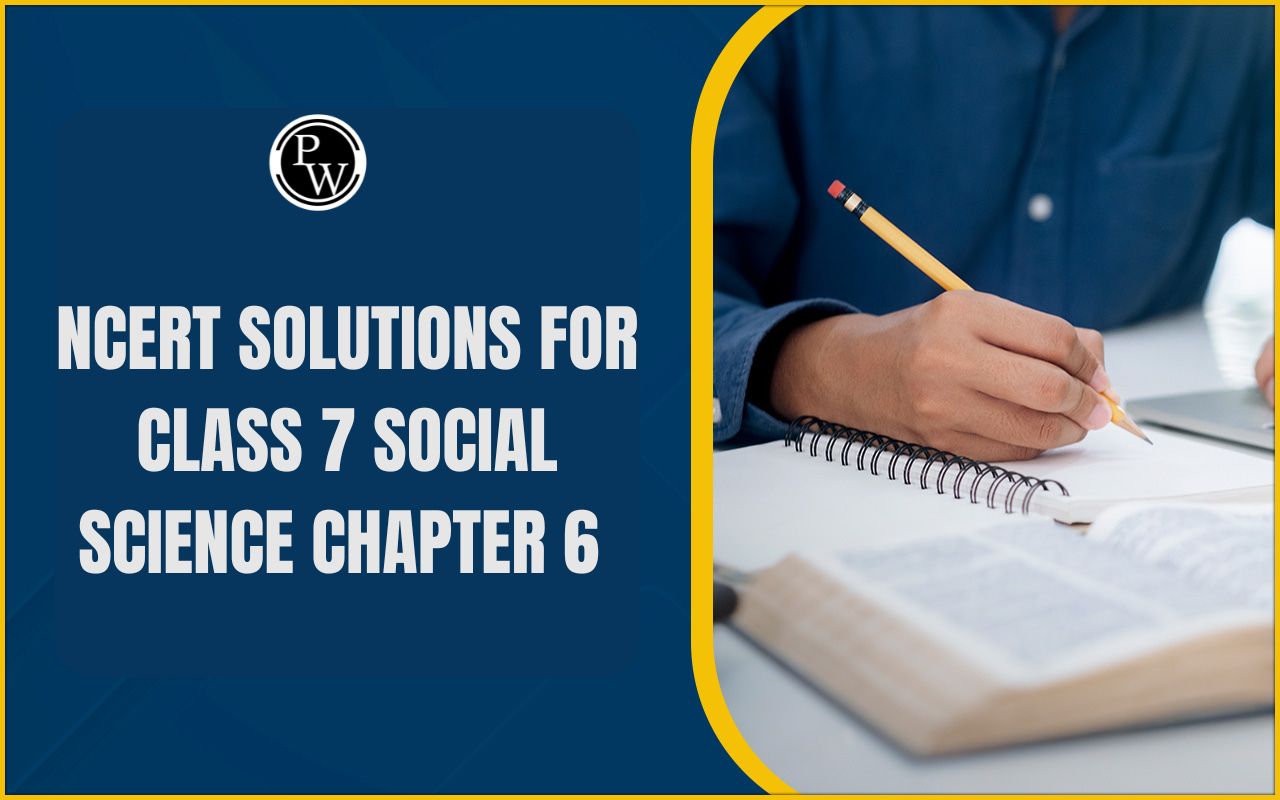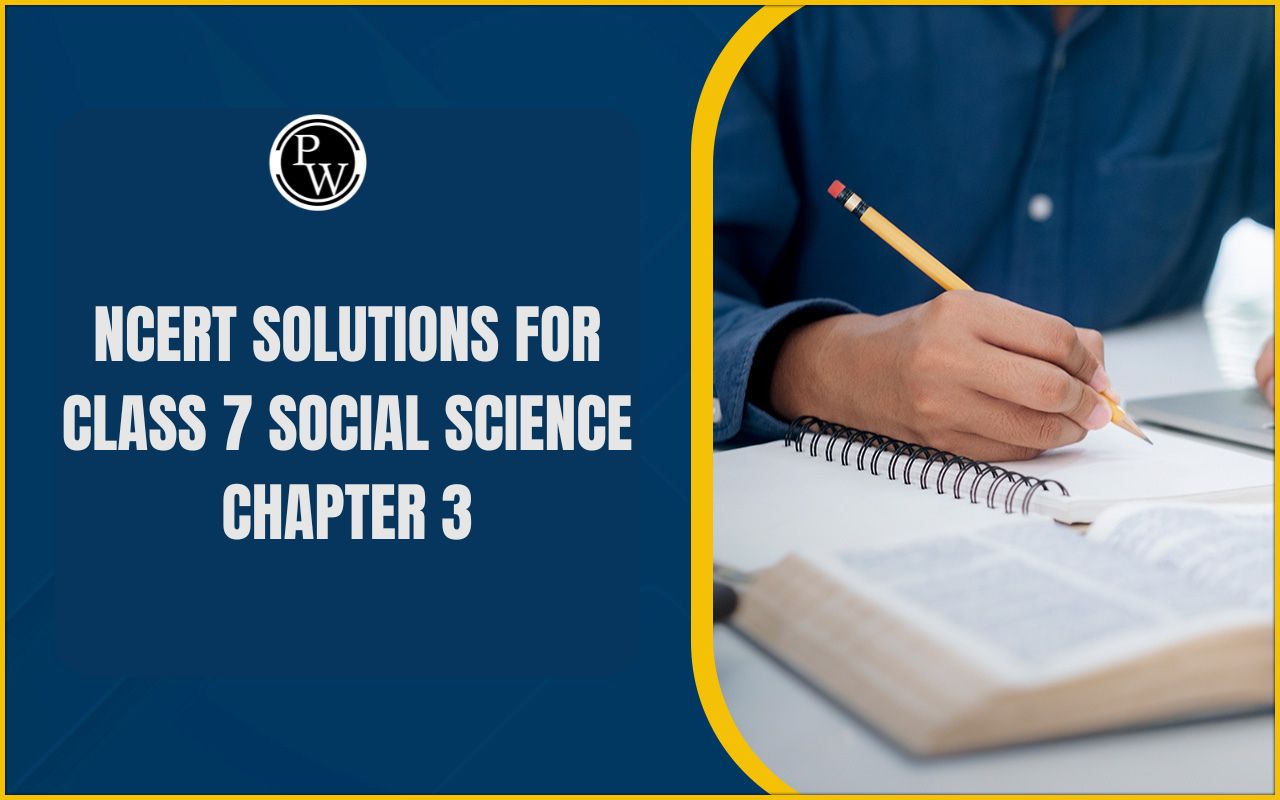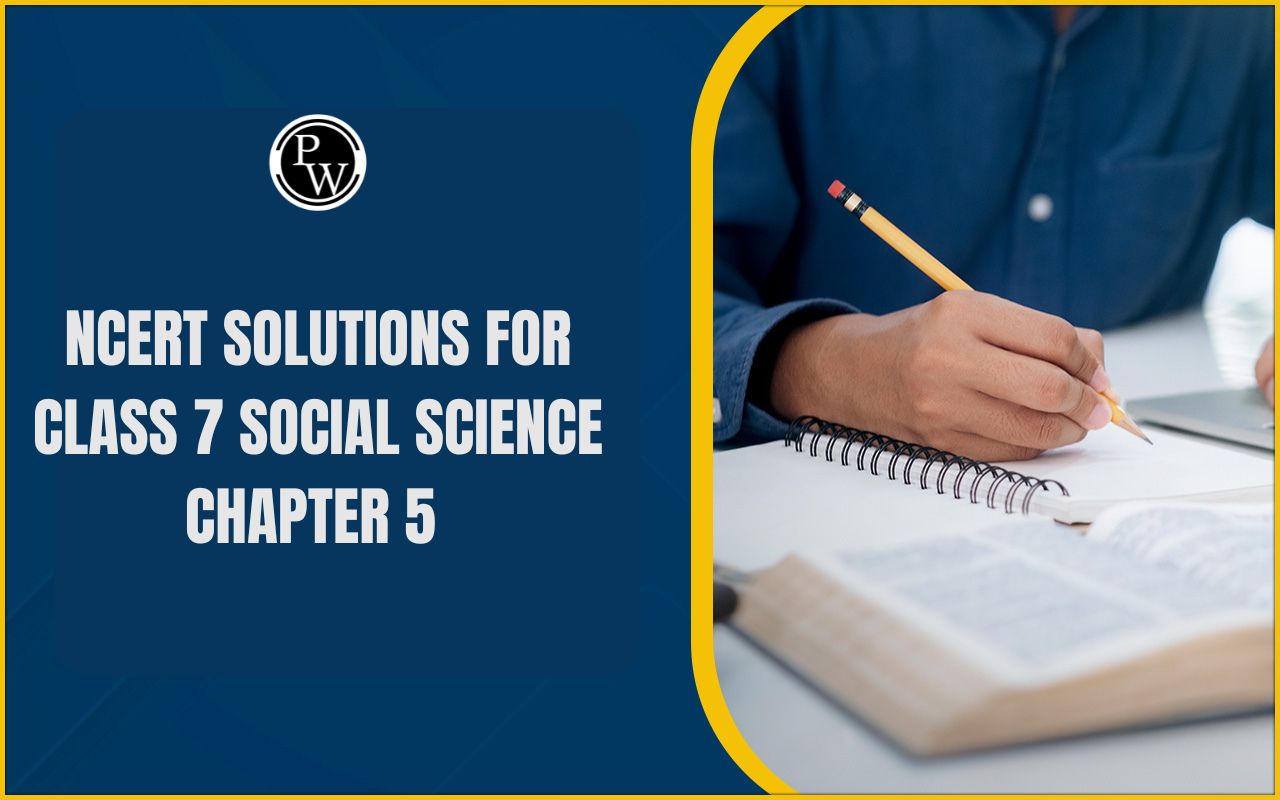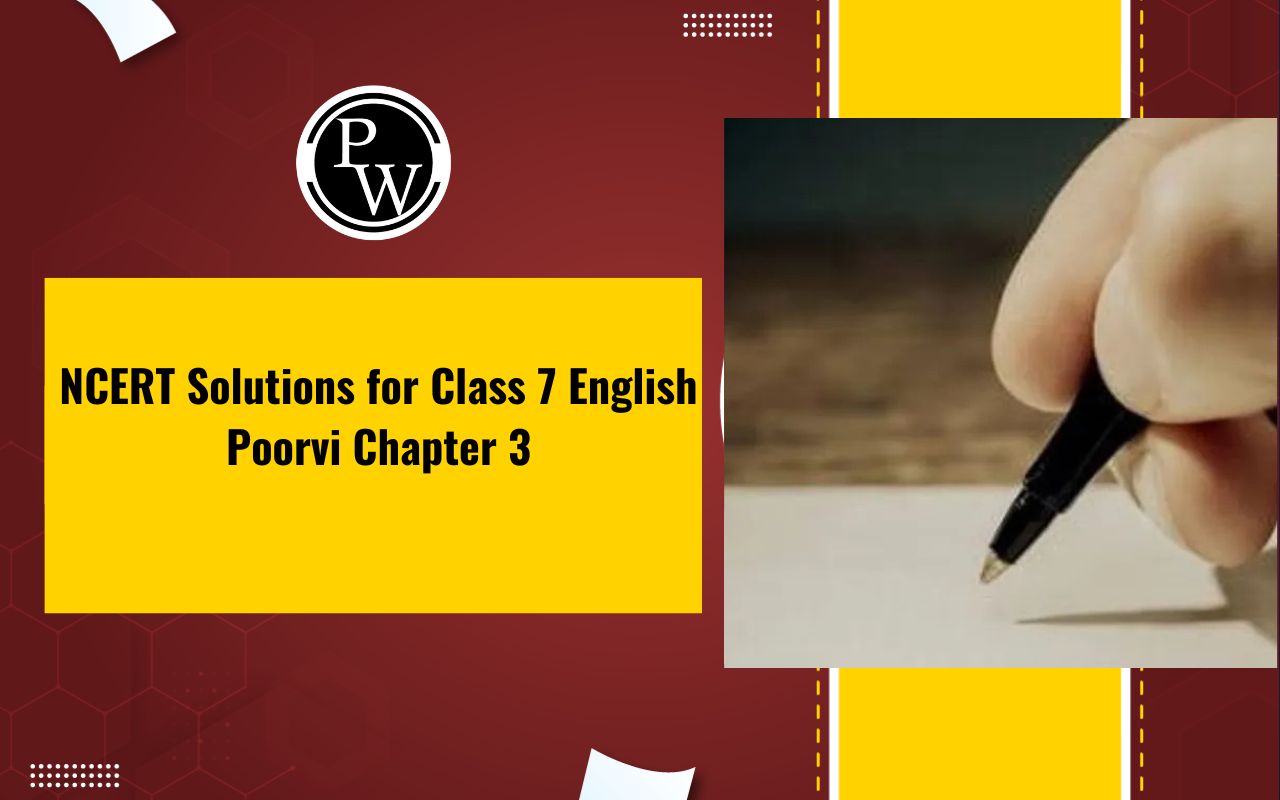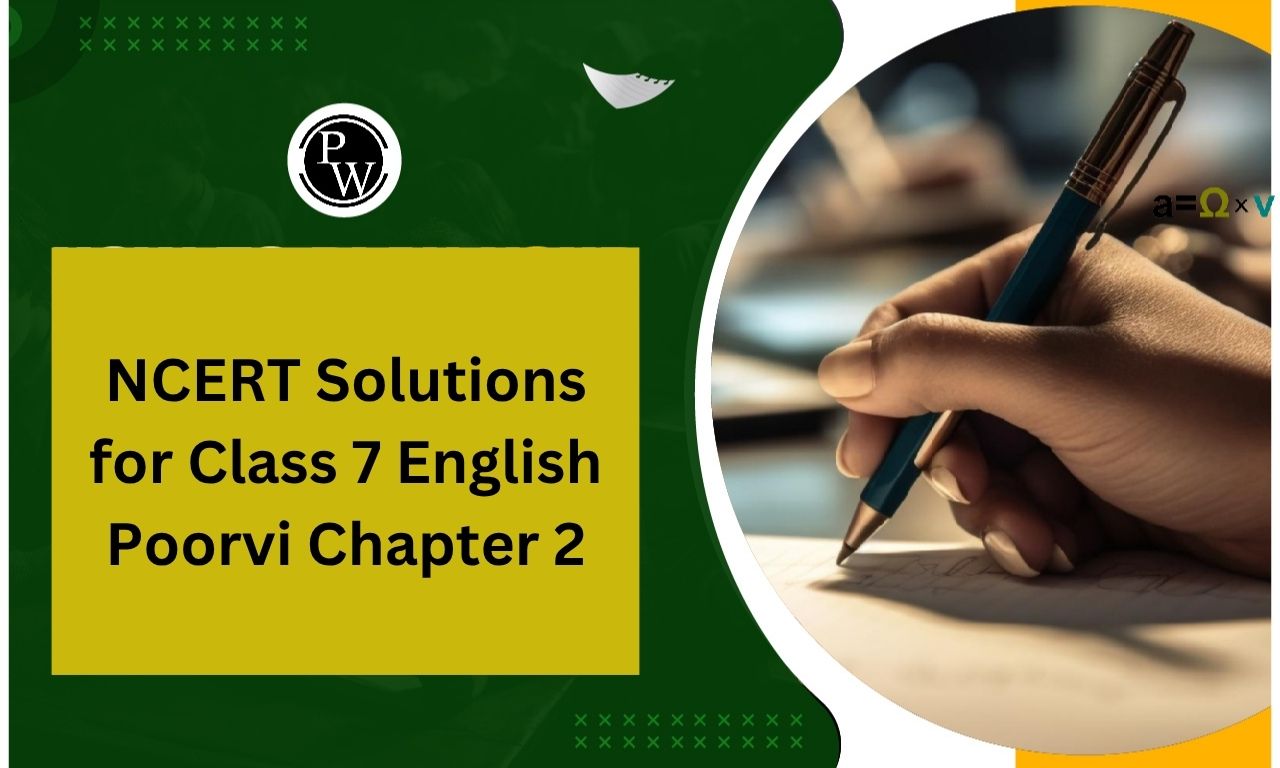
CBSE Class 7 Science Notes Chapter 11: The PDF of the NCERT Class 7 Science Chapter 11 notes on transportation in animals and plants is provided here. The chapter discusses how different plant and human organ components transport vital chemicals and nutrients throughout their bodies. The notes were created by subject-matter specialists.
Additionally, the chapter covers excretion in humans and animals. To study for your examinations and get the NCERT Class 7 Science Chapter 11 Notes, go to the website. The chapter's notes will help you understand the general idea of the subject.CBSE Class 7 Science Notes Chapter 11 Overview
These CBSE notes for CBSE Class 7 provide a thorough grasp of the science topic "Transportation in Animals and Plants." Students get knowledge about the attributes and traits of materials' motion within living things. Better retention is ensured by the organised framework, which facilitates effective revision. Real-world applications and useful examples improve comprehension of this crucial topic. These notes are crucial for achieving academic success and for developing a solid foundation in the complex transportation systems of living things. They have shown to be extremely helpful in assisting students in achieving academic success.CBSE Class 7 Science Notes Chapter 11 PDF
Here we have provided CBSE Class 7 Science Notes Chapter 11 for the ease of students so that they can just download the pdf and use it easily without the internet. These CBSE Class 7 Science Notes Chapter 11 will help students understand the chapter better.CBSE Class 7 Science Notes Chapter 11 PDF
CBSE Class 7 Science Notes Chapter 11
Transportation in Animals
For an animal to survive, it needs food, water, and oxygen. Animals' circulatory systems are responsible for supplying these necessities to every region of their bodies so they can obtain energy. Additionally, waste produced by the animal should be sent to the excretory system.Circulatory System
The circulatory system consists of blood, blood vessels and the heart.
It involves the circulation of oxygen, minerals and nutrients to all the body parts by the blood.
Blood
Blood contains haemoglobin, which is what gives it its red colour. The body's entire system for delivering oxygen is dependent on haemoglobin. There are three kinds of cells in the blood. Red blood cells (RBCs): They carry carbon dioxide from various body parts back to the lungs and oxygen from the lungs to various body regions. White blood cells (WBC): Offer defence against invading microbes that might infect and cause illness. Platelets: Also known as coagulation of blood, they create a structure like a shield at the site of injury to halt bleeding.Plasma: The blood contains cells and fluid; the fluid part is known as plasma.
Functions of Blood
Blood's primary job is to carry carbon dioxide to the lungs for purification and oxygen from the lungs to every area of the body. It delivers food that has been digested to every area of the body. The body's blood keeps its temperature steady. Moreover, it carries waste products to the kidneys for elimination.Blood Vessels
 Blood vessels are structures that resemble pipes and carry blood.
Blood Vessels Come in Three Types:
Arteries: These vessels transport blood enriched with oxygen from the heart to the body's tissues.
Veins: They transport blood that has lost oxygen from bodily tissue to the heart.
Capillaries: These link arteries and veins together by acting as a binding agent.
Blood vessels are structures that resemble pipes and carry blood.
Blood Vessels Come in Three Types:
Arteries: These vessels transport blood enriched with oxygen from the heart to the body's tissues.
Veins: They transport blood that has lost oxygen from bodily tissue to the heart.
Capillaries: These link arteries and veins together by acting as a binding agent.
Heart
It is a fist-sized, muscular organ located on the left side of the chest. Because it aids in the blood's ability to carry nutrients and oxygen, it is the most vital organ in our body. To prevent the mixing of oxygenated and deoxygenated blood, the heart is split into four chambers. The left atrium and right atrium are the two top chambers of the heart, which are referred to as atria. The term "ventricles" refers to the lower two chambers of the heart, which are the left and right ventricles. The contraction and relaxation of the muscles that comprise the walls of the heart's chambers is known as the heartbeat.Pulmonary Circuit
It is the system of veins and arteries that joins the lungs and heart. Blood that has lost oxygen is pumped to the lungs to replenish it. After being oxygenated, the blood is returned to the heart and circulated throughout the body.Valves
In addition to veins, the heart contains valves. They are found in the heart near the base of large veins that exit the heart as well as in the space between the ventricles and atria. Blood in the body flows in a single direction because of valves. The lub-dub sound of the heart is caused by the valves in the heart opening and closing.Pulse
Periodically, the heart pumps blood into the arteries, which likewise expand and contract in response to the blood passing through them. We refer to this as pulsation. Certain parts of the body, including the wrist, can feel this artery pulse. The number of heartbeats per minute, or simply pulse rate, is used to assess pulseation.Excretion in Animals
Excretion is the process by which waste or undesired material is eliminated from the body. The process of exhalation allows an animal's body to release carbon dioxide. Egestion is the process by which undigested food is expelled from an animal's body.Excretory System in Human
The excretory system is the one in charge of eliminating waste products from the body. The kidney, ureter, urinary tract, and urethra make up this system. Kidney: The kidney is a bean-shaped organ whose major function is to filter blood and eliminate waste products such as urine. Urinary Bladder: It holds onto urine to prevent constant urinating. The ureter is a structure that resembles a pipe that connects the kidney and bladder, allowing urine to travel from the former to the latter. The urinary opening known as the urethra permits urine to exit our bodies.Kidneys
The kidneys are the primary excretory organs of our body. On either side of the spine, there are two kidneys. The kidneys are bean-shaped, reddish-colored organs. It contains millions of small tubules that operate as minuscule filters and filter out the useful and hazardous elements from the blood. Only toxic compounds are concentrated, while the beneficial substances are once more reabsorbed into the blood. Urine is now known to contain these dangerous compounds in a dissolved condition in water. Excretion of urine from the body occurs. The kidneys serve as our bodies' filters as a result.Dialysis
Dialysis is the filtering of blood outside the human body using a machine when both the kidneys fail.Transportation in Plant
For plants to survive, they require three essential things: carbon dioxide, water, and nutrients. Through the process of photosynthesis, which combines carbon dioxide and water, the leaves prepare food. Water and Mineral Transport Through their roots, plants draw water and minerals from the earth. Vascular tissues enable the movement of food, water, and minerals throughout plants. Plants have vascular tissues, which resemble pipes and facilitate the passage of food, water, and minerals. It is joined at the roots to the leaves.Osmosis
Osmosis is the movement of solvent molecules from a region of lower solute concentration to a region of higher solute concentration through a semi-permeable membrane.Transpiration
The loss of water from leaves' stomata in the form of water vapour is known as transpiration. The plants' ability to absorb and disperse water through their roots is further aided by this process. In tubes composed of xylem cells, transpiration creates a straw-like effect as water travels against gravity.Vascular Tissues are of Two Types
Xylem: Assists in moving minerals and water from the roots to every part of the plant. Phloem: Assists in distributing food made by leaves throughout the entire plant. Since the water absorbed by the roots is intended to be transferred to the leaves, or upper portion of the plant, transpiration is the phenomenon responsible for the water's upward flow. The process by which water evaporates from leaves is known as transpiration. When leaves lose their ability to draw water from roots to leaves, they create a suction pull.Benefits of CBSE Class 7 Science Notes Chapter 11
- provide concise, understandable descriptions of important ideas.
- simplifies difficult subjects for easier comprehension.
- Effective study aid for final exam preparation.
- improves the recall of important information.
- offers essential points and advice to help with efficient exam preparation.
- combines information to save time.
- Gives priority to significant subjects and inquiries.
- provides useful illustrations for linkages to the actual world.
- increases students' exam-taking confidence.
CBSE Class 7 Science Notes Chapter 11 FAQs
What happened in chapter 11 of class 7 science?
Chapter 11 of Class 7 Science discusses how various parts of plants and human organs transport important substances and nutrients throughout their bodies. It also discusses excretion in both animals and humans.
What did I learn from the chapter Transportation in animal and plants?
In living organisms, food, oxygen and waste products etc. have to be transported from one part of the body to the other. Plants have a transport system consisting of xylem (water and minerals) and phloem (food). In humans, the transport of materials takes place through the blood.
What is the point of transportation in animals and plants?
Plants and animals, both being living things, have an arrangement of physical structures that move various substances all across their body. Such arrangement mainly acts as a transport system facilitating the movement of water, minerals, nutrients, etc. that are crucial for the survival of that organism.
🔥 Trending Blogs
Talk to a counsellorHave doubts? Our support team will be happy to assist you!

Check out these Related Articles
Free Learning Resources
PW Books
Notes (Class 10-12)
PW Study Materials
Notes (Class 6-9)
Ncert Solutions
Govt Exams
Class 6th to 12th Online Courses
Govt Job Exams Courses
UPSC Coaching
Defence Exam Coaching
Gate Exam Coaching
Other Exams
Know about Physics Wallah
Physics Wallah is an Indian edtech platform that provides accessible & comprehensive learning experiences to students from Class 6th to postgraduate level. We also provide extensive NCERT solutions, sample paper, NEET, JEE Mains, BITSAT previous year papers & more such resources to students. Physics Wallah also caters to over 3.5 million registered students and over 78 lakh+ Youtube subscribers with 4.8 rating on its app.
We Stand Out because
We provide students with intensive courses with India’s qualified & experienced faculties & mentors. PW strives to make the learning experience comprehensive and accessible for students of all sections of society. We believe in empowering every single student who couldn't dream of a good career in engineering and medical field earlier.
Our Key Focus Areas
Physics Wallah's main focus is to make the learning experience as economical as possible for all students. With our affordable courses like Lakshya, Udaan and Arjuna and many others, we have been able to provide a platform for lakhs of aspirants. From providing Chemistry, Maths, Physics formula to giving e-books of eminent authors like RD Sharma, RS Aggarwal and Lakhmir Singh, PW focuses on every single student's need for preparation.
What Makes Us Different
Physics Wallah strives to develop a comprehensive pedagogical structure for students, where they get a state-of-the-art learning experience with study material and resources. Apart from catering students preparing for JEE Mains and NEET, PW also provides study material for each state board like Uttar Pradesh, Bihar, and others
Copyright © 2025 Physicswallah Limited All rights reserved.
Get App
